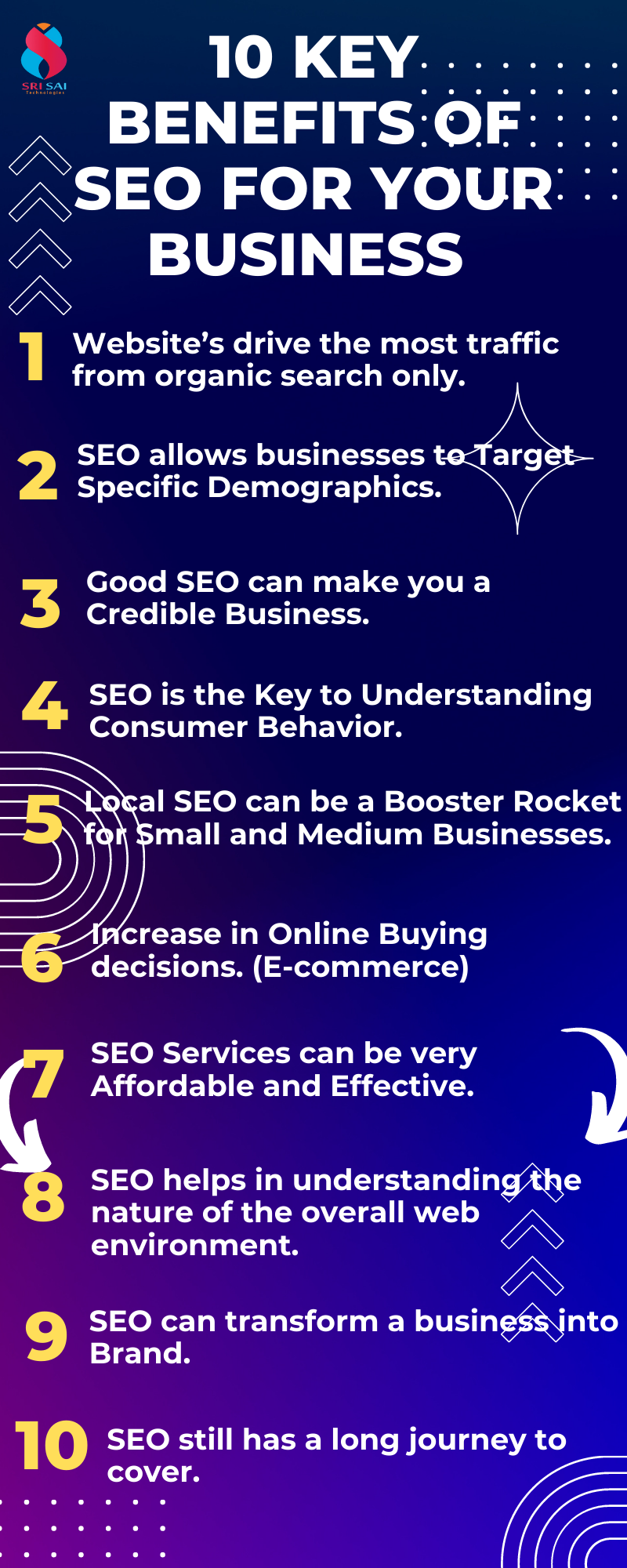Trick Elements of What Is Ruled Out a Default Medium in Google Analytics
Trick Elements of What Is Ruled Out a Default Medium in Google Analytics
Blog Article
Believing Outside the Box: Leveraging Unconventional Tools to Optimize Google Analytics Performance
In the realm of digital advertising, the mission for enhanced Google Analytics performance has actually become a strategic vital for businesses looking for to fine-tune their online existence. Traditional methods typically drop brief in capturing the full range of client interactions and behaviors. By discovering non-traditional mediums as avenues of data collection, a new realm of opportunities arises. These uncharted territories provide a riches of untapped insights that could possibly revolutionize the method we recognize and maximize our electronic methods.
Special Data Sources

Social media platforms provide beneficial data on customer demographics, rate of interests, and interaction metrics, allowing businesses to evaluate the efficiency of their social media campaigns and maximize content for much better efficiency. By leveraging these distinct information sources, services can refine their approaches, improve targeting efforts, and improve general Google Analytics performance.
Social Media Site Insights

Furthermore, social media analytics tools allow companies to track essential performance indicators, display project effectiveness, and determine the effect of their on the internet activities. Understanding the demographics of fans, identifying preferred web content styles, and assessing involvement levels can aid companies customize their advertising strategies for much better outcomes.
Offline Advertising Assimilation
Integrating offline advertising strategies with digital analytics can boost overall project efficiency and offer a much more comprehensive understanding of consumer actions. what is not considered a default medium in google analytics. By bridging the space in between online and offline initiatives, companies can track the effect of typical marketing networks such as print ads, television commercials, direct-mail advertising, and events on their on the internet visibility

Furthermore, applying call monitoring systems for offline advertising and marketing activities enables businesses to record useful data on consumer queries generated via printed advertisements or products (what is not considered a default medium in google analytics). By evaluating call information alongside on-line metrics in Google Analytics, services can gain much deeper insights right into the customer trip and optimize advertising and marketing methods for improved efficiency across all channels
IoT and Wearable Innovation
Utilizing IoT and wearable modern technology in digital analytics can change data collection and customer insights for services looking for a deeper understanding of customer behavior patterns. These ingenious technologies use a smooth way to collect real-time information from various touchpoints. IoT tools can track user interactions with services or items, providing important details on use patterns and preferences. Wearable innovation, such as smartwatches or health and fitness trackers, can provide understandings right into user activities, wellness metrics, and also location data.
Gamification Strategies
The implementation of gamification techniques in electronic analytics provides a cutting-edge strategy to enhancing user engagement and driving actionable insights for companies. By integrating game-like aspects such as points, badges, leaderboards, and awards into the analytics interface, companies can motivate users to interact more frequently and meaningfully with the data.
Gamification encourages individuals to discover different features of the analytics platform, revealing beneficial understandings that could have or else gone unnoticed. Through interactive obstacles and development monitoring, customers are incentivized to dig deeper into the information, leading to enhanced time invested on the system and a greater chance of finding vital trends or patterns.
In addition, gamification can promote a sense of competitors amongst individuals, spurring them to aim for greater performance and engagement levels. This competitive spirit can drive raised individual fostering prices and a more extensive usage click to find out more of the analytics devices available. Eventually, by leveraging gamification approaches in electronic analytics, companies can create an extra engaging and efficient setting for customers, leading to even more enlightened decision-making and enhanced overall performance.
Final Thought
In final thought, leveraging unconventional mediums such as unique data resources, social media sites insights, offline advertising assimilation, pop over to these guys IoT and wearable technology, and gamification strategies can enhance Google Analytics performance. By assuming outside the box and exploring these different resources of data, organizations can get important insights and improve their overall advertising strategies. It is essential for business to constantly explore brand-new means to collect data and evaluate it in order to remain ahead in the ever-evolving digital landscape.
By integrating information from sources such as client relationship monitoring (CRM) systems, social media platforms, and email marketing campaigns, businesses can acquire a more comprehensive understanding of their audience habits and interaction patterns. Social media systems use useful data on user demographics, interests, and engagement metrics, allowing organizations to evaluate the effectiveness of their social media projects and maximize content for far better efficiency. By leveraging these one-of-a-kind data sources, companies can fine-tune their strategies, improve targeting efforts, and boost general Google Analytics efficiency.
Discovering social media insights can provide organizations with beneficial data on customer demographics, rate of interests, and engagement metrics, enabling for notified decision-making and calculated optimization of advertising and marketing initiatives. By thinking outside the box and exploring these different sources of information, organizations can acquire important insights and boost their overall advertising strategies.
Report this page